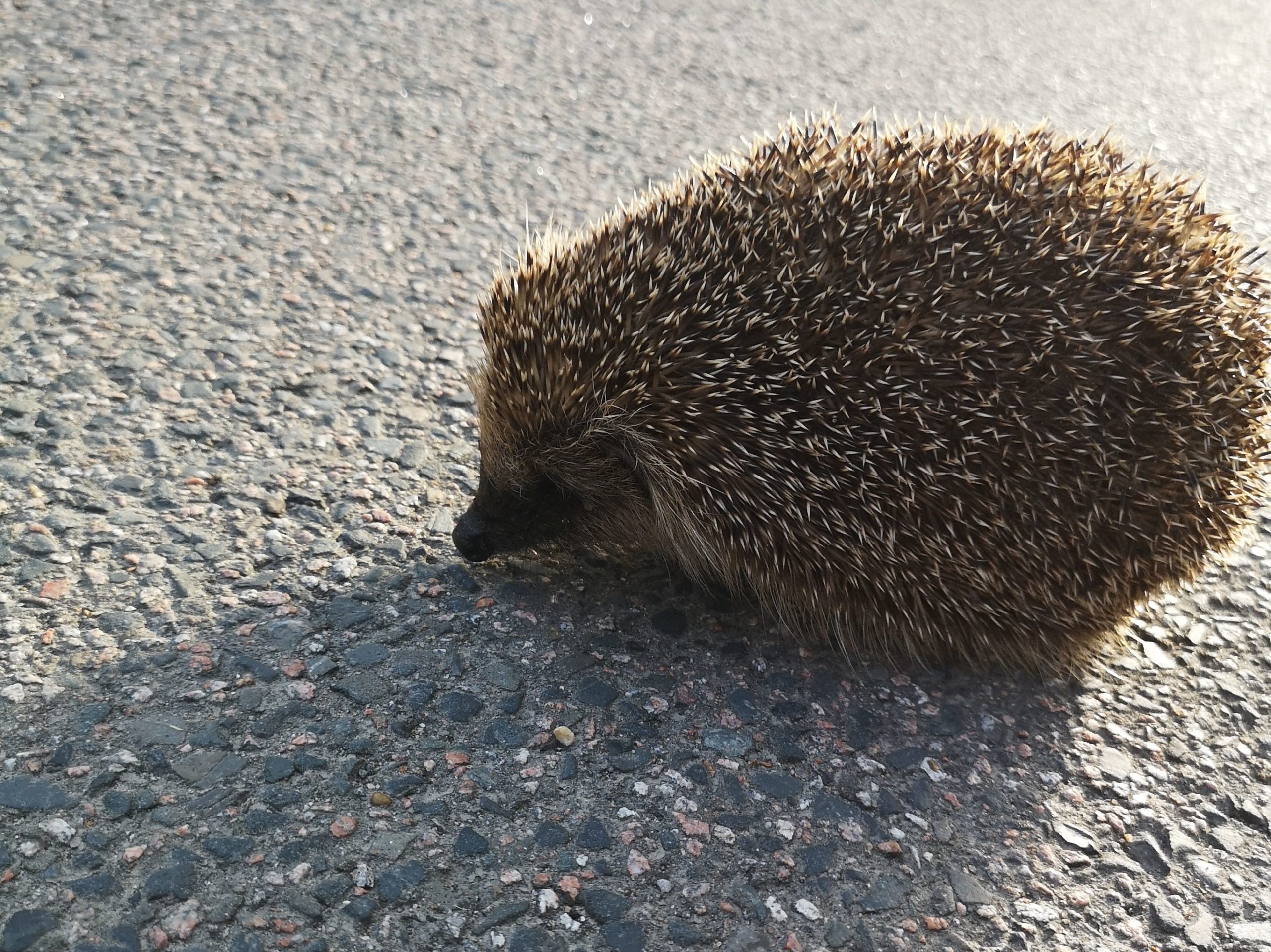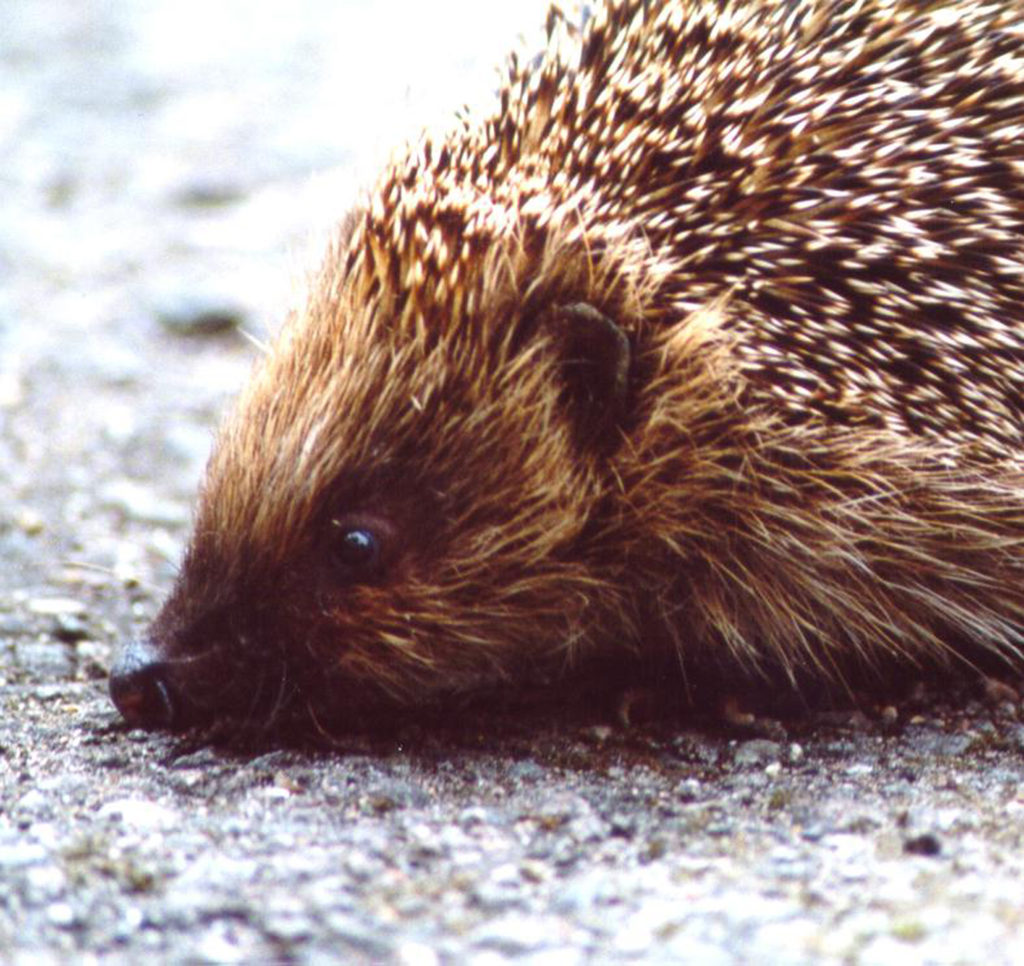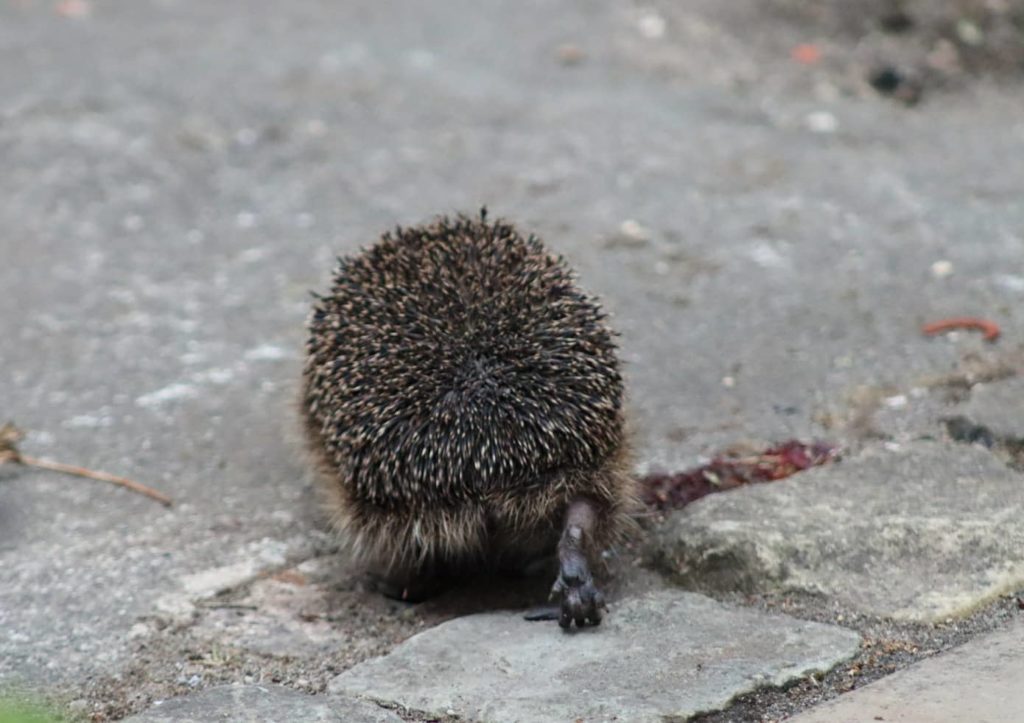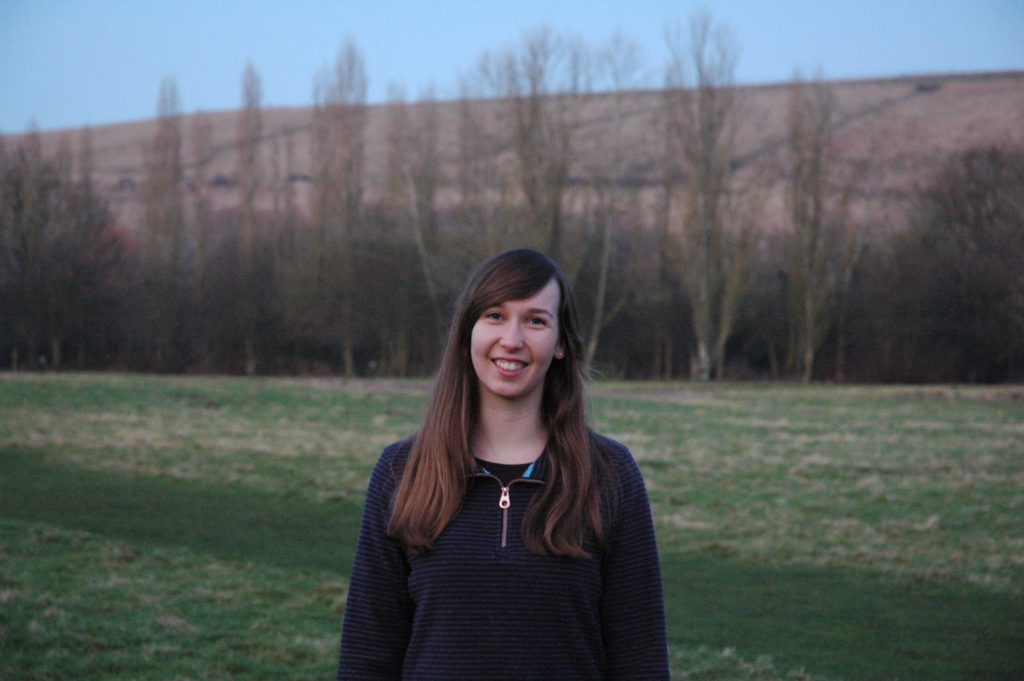Hedgehogs on roads: the problems and solutions
12th October 2020
Why are roads such a problem? While allowing easy movement for people, roads have the opposite effect on wildlife. They create barriers which fragment our natural landscape, preventing animals like hedgehogs from moving around safely.
The most obvious effect of roads is traffic colliding with individual animals. Thousands of hedgehogs are killed on our roads each year, as shown by records logged on our BIG Hedgehog Map and PTES’ Mammals on Roads survey.
The fragmentation of our landscape caused by roads can also lead to isolation of local populations. This in turn leaves them vulnerable to disappearing altogether. Road mortality is sadly often linked to the hedgehog declines of recent years, both in the UK and across mainland Europe.
Here we take a look at the effects of roads on hedgehogs in the UK and Europe, and the potential solutions.

The problem
Recent studies have shown that in Europe, an average of up to four hedgehogs are killed per kilometre of road each year. This equates to a lot of hedgehogs when you think about how many roads we have. In Sweden, it’s estimated to be between 3-22% of local populations, and 24% in Poland.
Adult male hedgehogs are most likely to be victims of roadkill. This is because of their larger home ranges; they need to roam in search of females to mate with. Travelling further means crossing more roads, putting them at higher risk. In the autumn however, females are more in danger. They need to travel further later in the year in search of enough food after spending all their energy rearing their hoglets. At this point they need to fatten up quickly before the hibernation season.
Turkish and Bulgarian studies found that smaller roads appear to be more dangerous for hedgehogs than larger roads and motorways. It may be that hedgehogs attempt more crossings on quieter roads with fewer barriers that initially appear safer. Or it could be because these roads are in areas with more hedgehogs.
Roads with more traffic and higher speeds, such as motorways, commonly have physical barriers, and are avoided by hedgehogs. A study of hedgehog movement in Southampton showed that ‘road avoidance behaviour’ increased with wider roads, which typically have more traffic.

The solution?
- Road crossing structures
In the UK, the main way to stop animals crossing roads is with fencing. This has been found to isolate populations though, meaning they’re more vulnerable if numbers decrease. Combining fencing with tunnels under roads or ‘green bridges’ is thought to be a viable solution.
- Traffic calming measures
Speed bumps, speed restrictions and warning signs are cheaper than road-crossing structures and may be just as effective.
- Managing the surrounding habitat
Improving habitat may mean that hedgehogs can thrive without having to cross so many roads in search of food and shelter. Location of suitable habitat is also important, as shrubbery in the centre of roads and hedgerows ending at roadsides may be leading hedgehogs into danger. Linear features such as hedges and fences that are parallel rather than perpendicular to roads are thought to be safer for hedgehogs.
- Road configuration
Computer simulation studies have reported that hedgehogs benefitted when traffic was spread evenly over many roads, thinning out traffic. This was compared with traffic concentrated on fewer roads.

Things to consider
- We still don’t have robust population and road casualty estimates.
- Our roadkill estimates are likely to be underestimated due to scavengers eating carcasses.
- We also don’t know how effective our solutions for wildlife are. This in turn poses problems on justifying money and time spent on them, and knowing which will have the greatest benefit.
Conclusions
To address these issues, future studies should monitor mitigation measures over a long period of time. This will allow us to spot changes in populations and confidently link them to the measure put in place.
With new roads continuing to break up our natural world, we urgently need to find out whether they’re causing long-term effects on our hedgehog populations.
Wildlife should be considered at early planning stages of road construction, in order to meet sustainable development goals.
In order for us to understand the impact of roadkill in the UK, we need to know where it’s happening. Please log roadkill sightings on the BIG Hedgehog Map.
You can access the full review ‘Impacts and Potential Mitigation of Road Mortality for Hedgehogs in Europe‘ here, which has been written by Nottingham Trent PhD student Lauren Moore. The review is part of a special issue of the online scientific journal Animals, focusing on applied hedgehog conservation research.
PTES is funding Lauren’s research into roads and how they’re affecting our hedgehog populations. Find out more here.


